A few things happened since the last Nuit Blanche in Review. We had a few implementations, a thesis, few jobs announcements and the NIPS videos....Enjoy !
Implementation
Thesis
Sunday Morning Insight
Other in-depth insights
- Wasserstein GAN / Towards Principled Methods for Training Generative Adversarial Networks
- Learning the structure of learning
- Continuing To Learn the Structure of Learning
- Controlling Light Transmission Through Highly Scattering Media Using Semi-Definite Programming as a Phase Retrieval Computation Method
- Understanding deep learning requires rethinking generalization
- In Texas, we just call them Neural Networks.
- An NlogN Parallel Fast Direct Solver for Kernel Matrices
- NIPS 2016 Tutorial: Generative Adversarial Networks / Learning in Implicit Generative Models
- FINN: A Framework for Fast, Scalable Binarized Neural Network Inference / Scaling Binarized Neural Networks on Reconfigurable Logic
- A Matrix Factorization Approach for Learning Semidefinite-Representable Regularizers
- Randomized Clustered Nystrom for Large-Scale Kernel Machines
Book
Job:
- Job: Postdoc, Research Associate in Data Science, UCL, London
- Jobs: Data Science Postdoctoral Fellows, Harvard University
- Job: Summer 2017 IBM Social Good Fellowship (Undergraduates, Graduates, NGOs)
- CSjobs: two postdoctoral researchers, "C-SENSE: Exploiting low dimensional signal models for sensing, computation and processing" and "CS for Radar and Electronic Surveillance", Edinburgh, Scotland
- CSJob: Postdoctoral Position Computational Optics and Optical Computing, LKB, ENS, Paris, France
Paris Machine Learning meetup
Videos:
- The #NIPS2016 Videos are out
- Saturday Morning Videos: Foundations of Machine Learning Boot Camp, Simons Institute, Berkeley
- Saturday Morning Videos: Fairness, Accountability, and Transparency in Machine Learning @NYU School of Law
- Saturday Morning Videos: Deep Learning Symposium, #NIPS2016
- Saturday Morning Video: Stan Conference 2017 video streaming
- Saturday Morning Video: Head, Torso and Tail - Performance for modeling real data, Alex Smola
- Videos and Slides: 6th MMDS Workshop on Algorithms for Modern Massive Data Sets



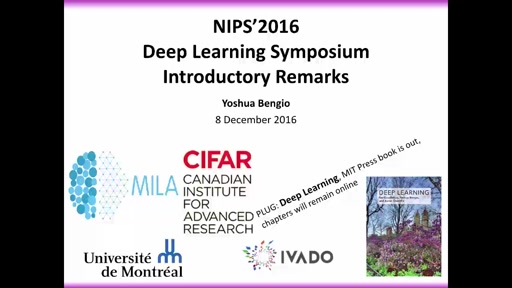
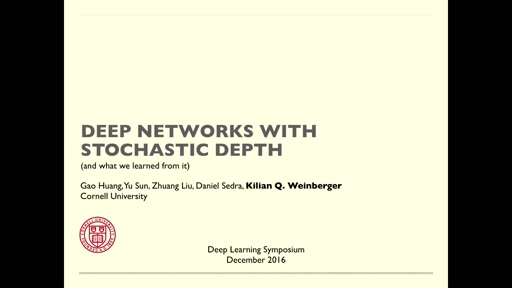
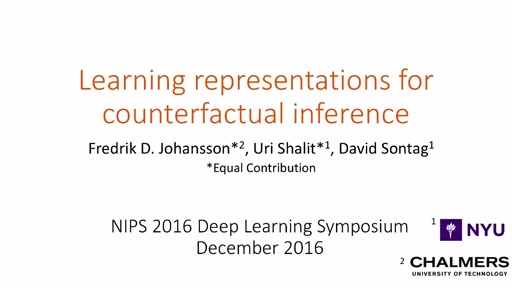 01:21:49
01:21:49
 19:19
19:19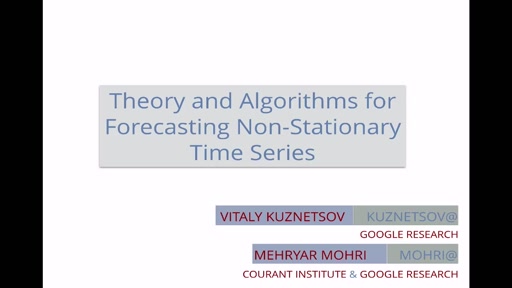 01:45:04
01:45:04 01:50:18
01:50:18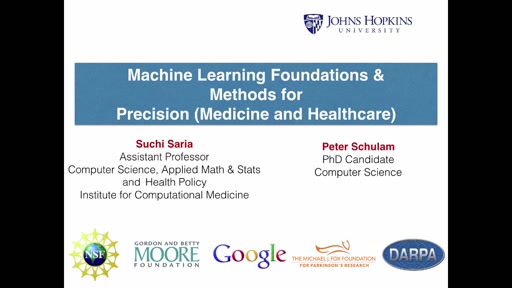 02:08:17
02:08:17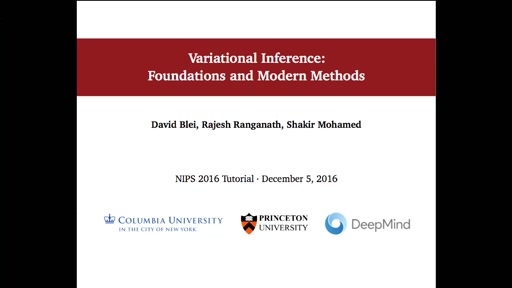 01:53:04
01:53:04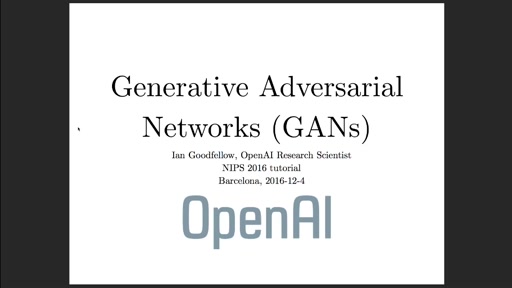 01:55:53
01:55:53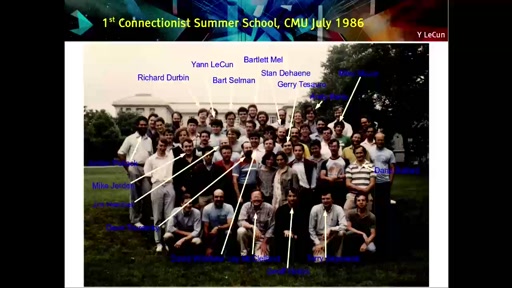 56:52
56:52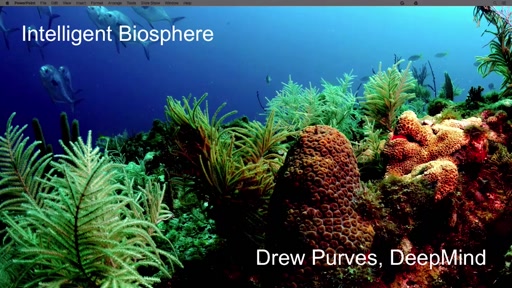 49:42
49:42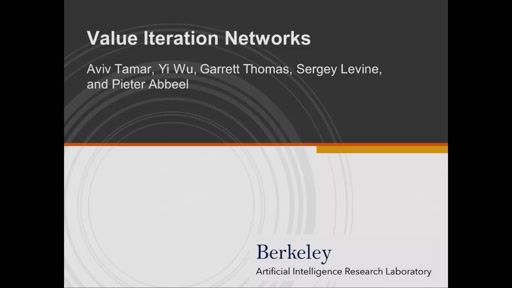 19:40
19:40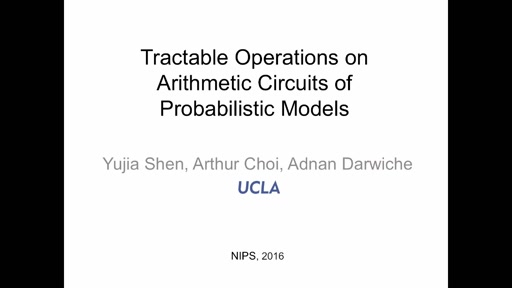 19:15
19:15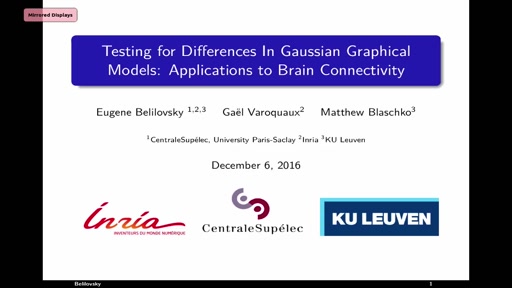 16:51
16:51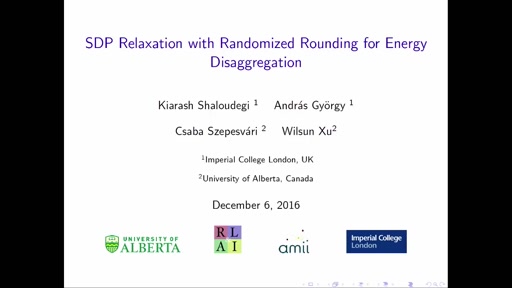
 18:01
18:01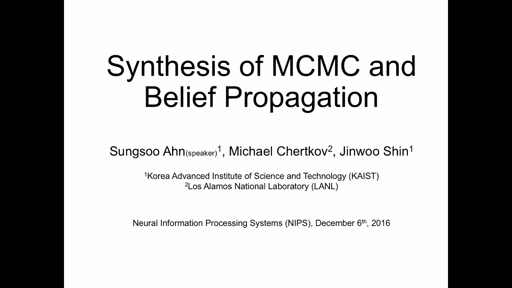 17:26
17:26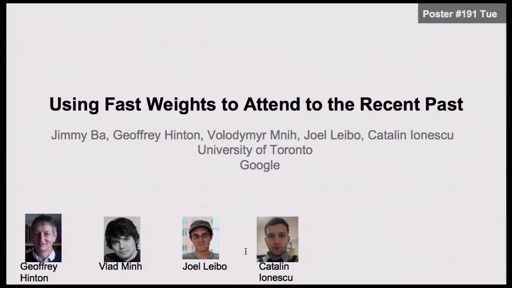 21:02
21:02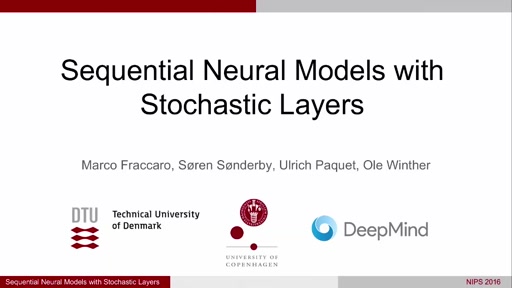 20:18
20:18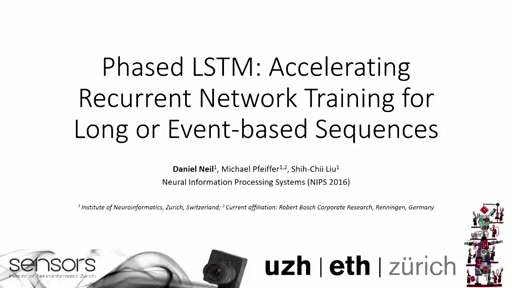 20:55
20:55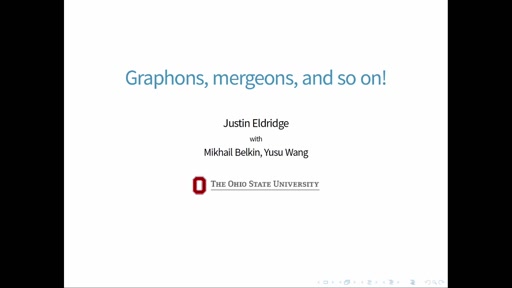 17:10
17:10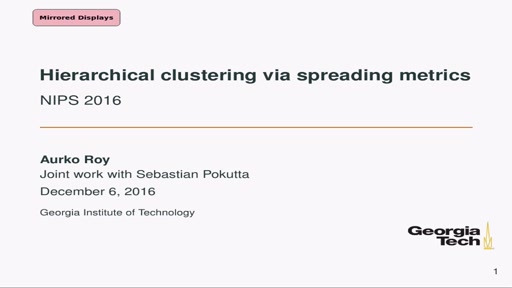 17:40
17:40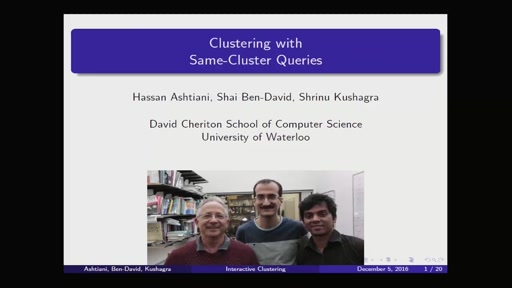 18:05
18:05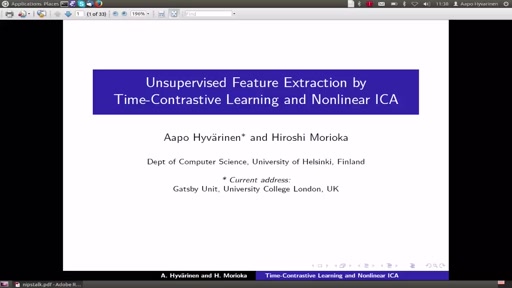 22:50
22:50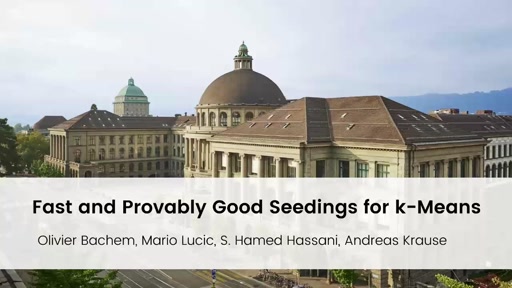 19:44
19:44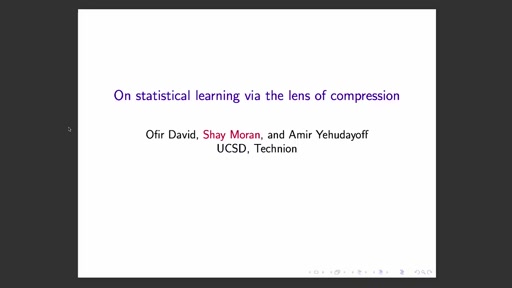 16:52
16:52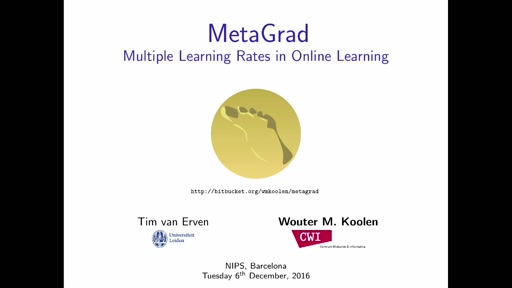 16:36
16:36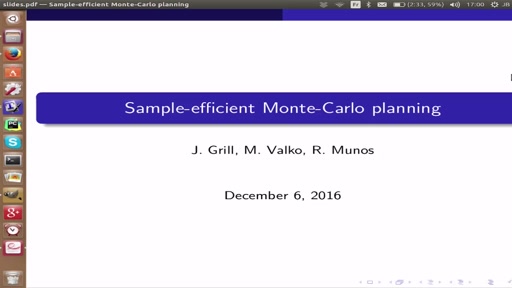 15:52
15:52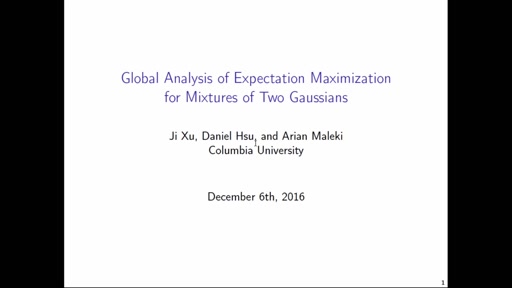 18:58
18:58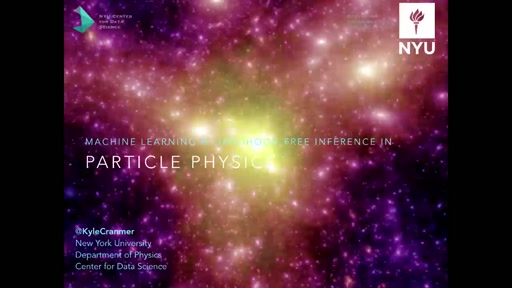 50:37
50:37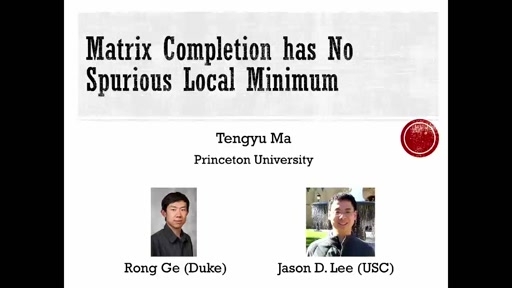 18:26
18:26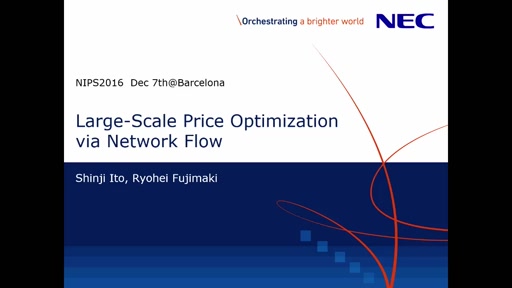 18:59
18:59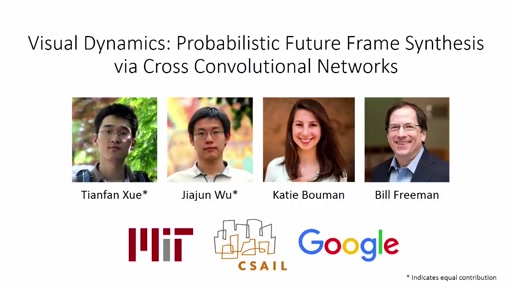 18:17
18:17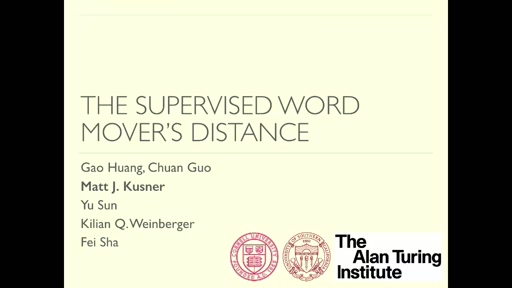 21:30
21:30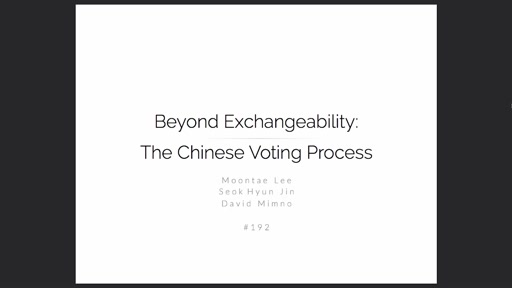 19:34
19:34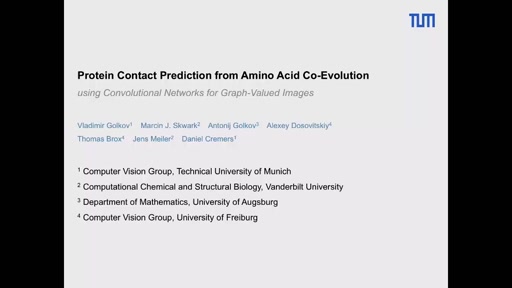 20:12
20:12 19:19
19:19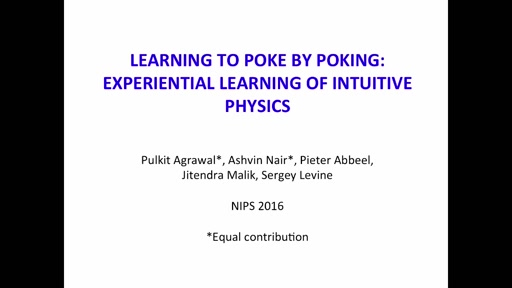
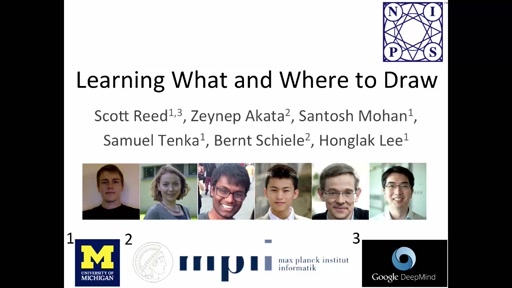 21:37
21:37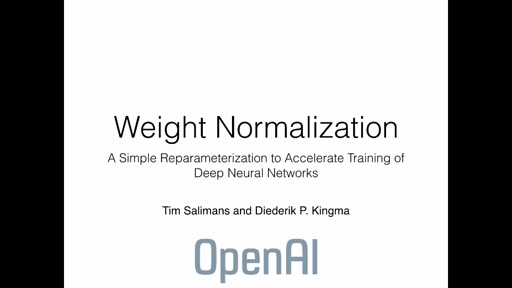 22:55
22:55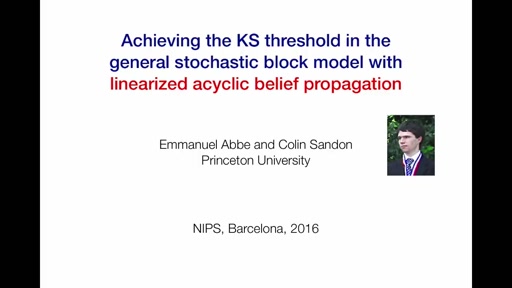 15:04
15:04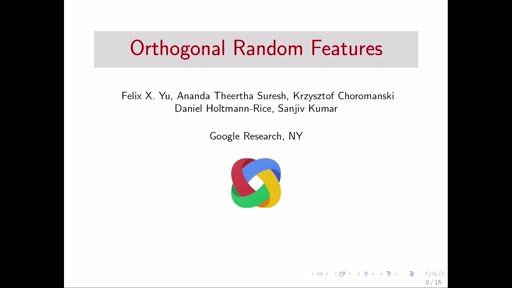 18:42
18:42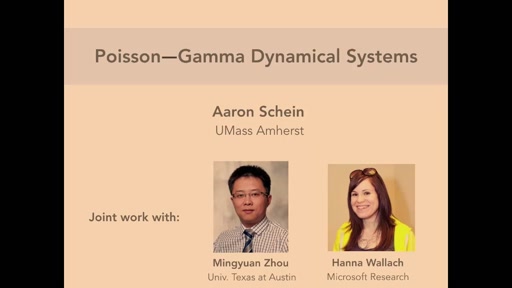 16:40
16:40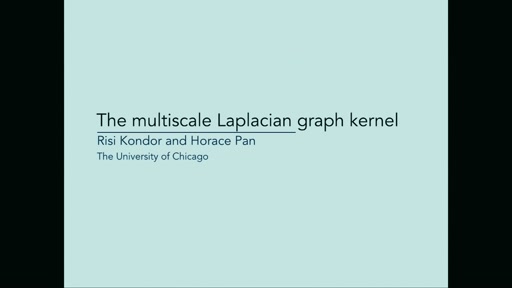 20:34
20:34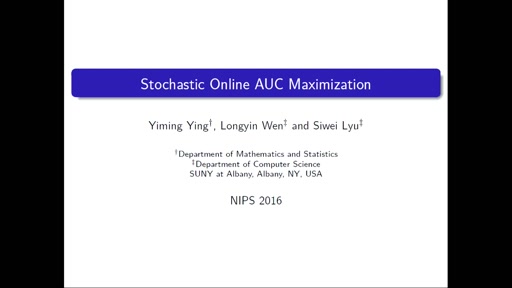 14:40
14:40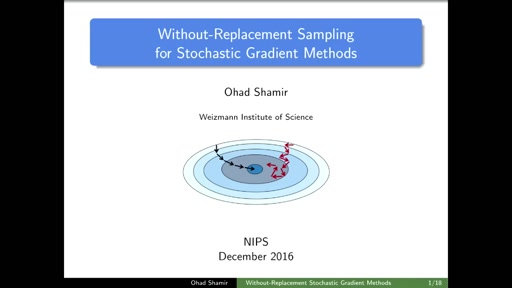 19:55
19:55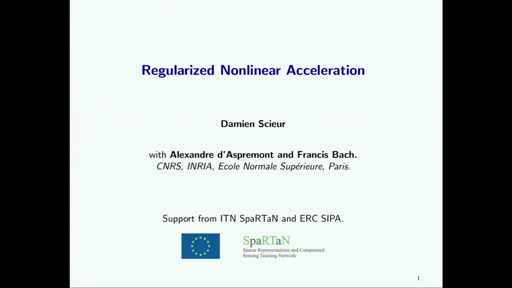 18:52
18:52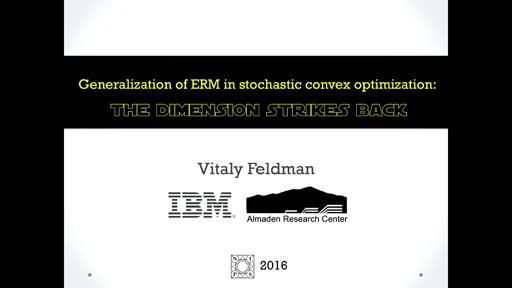 16:21
16:21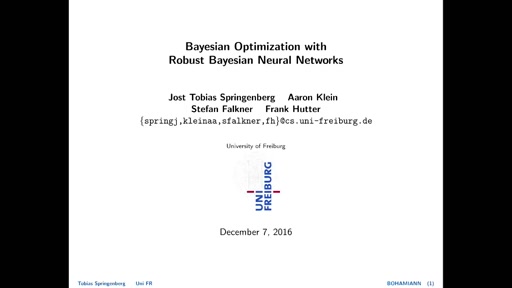 14:50
14:50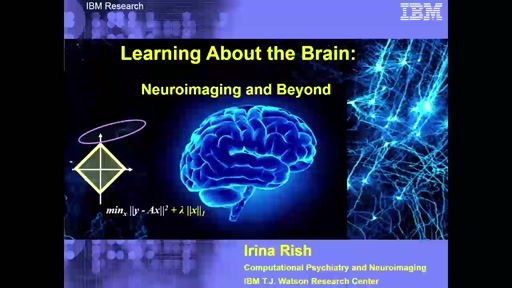 51:37
51:37 55:53
55:53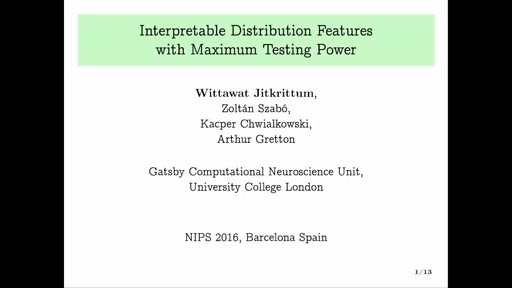 22:45
22:45 20:39
20:39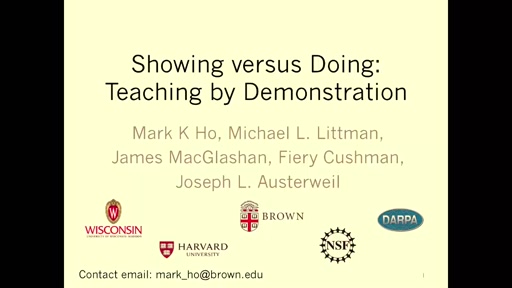 19:03
19:03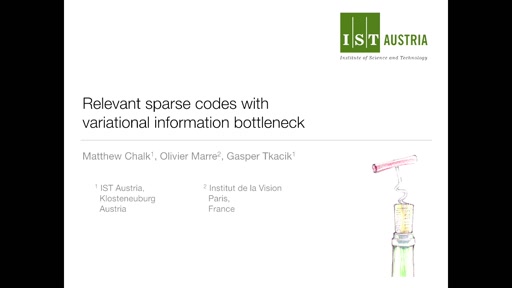 17:53
17:53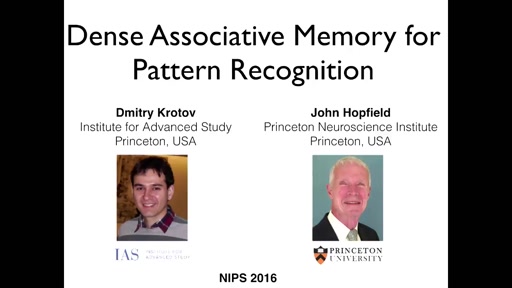 24:11
24:11